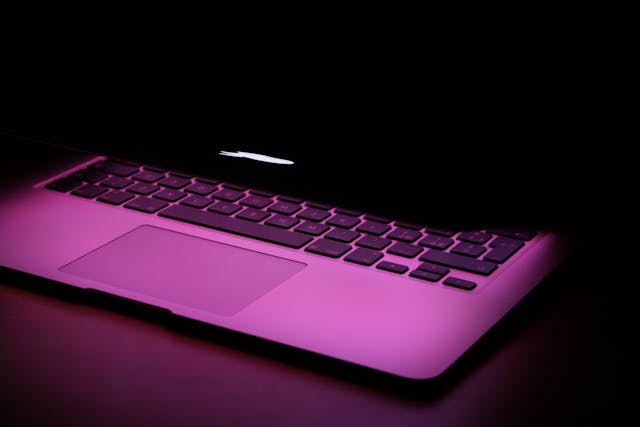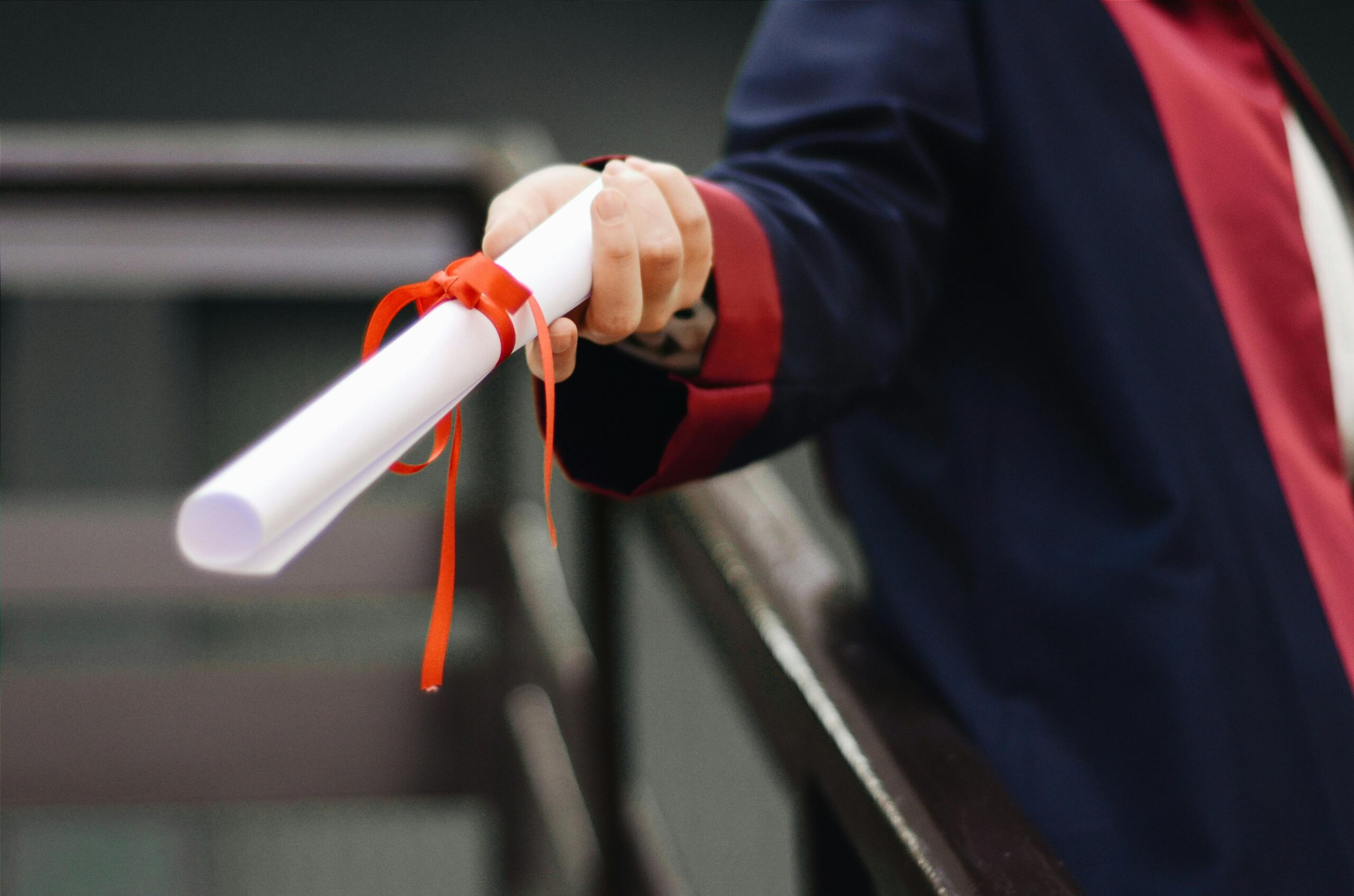
Introduction
Work-life balance is one of the most talked-about topics today, and for good reason. Many people struggle to find the right balance between their professional responsibilities and personal life. It’s not about dividing your time equally between work and personal activities, but rather creating a sustainable lifestyle where you can be productive at work while also enjoying your personal time without feeling constantly drained.
In this blog, we’ll share practical strategies and insights based on our own experiences that can help you achieve a better work-life balance. These are methods we’ve tried and tested over time, and we hope they provide you with some useful ideas to implement in your own life.
Understanding What Work-Life Balance Really Means
Work-life balance doesn’t mean spending exactly eight hours working and eight hours on personal activities every day. It’s about finding a rhythm that works for you over the long term. Some days will be work-heavy, while others will require more personal attention. The key is maintaining overall balance across weeks and months, not achieving perfection daily.
True balance means having enough energy left after work to engage in activities you enjoy. It means being fully present whether you’re at work or spending time with loved ones. Work should be an important part of your life, but not consume your entire identity.
Practical Steps to Achieve Work-Life Balance

Set Clear Boundaries
Establishing boundaries between work and personal time is essential. This means deciding on specific work hours and sticking to them. Avoid checking emails or taking work calls during personal time unless absolutely necessary. Clear boundaries help you mentally separate work from leisure and prevent burnout.
Learn to Say No
You cannot take on every task or attend every meeting. Understanding your capacity and being realistic about what you can handle is important. Politely declining additional responsibilities when you’re already at capacity isn’t being unhelpful—it’s being honest about your limits.
Create Transition Rituals
Having a routine that helps you switch from work mode to personal mode can be very effective. This could be a short walk, listening to music during your commute, or any activity that signals to your brain that work time is over. These small rituals help create mental separation between different parts of your day.
Prioritize Your Tasks

Not all tasks are equally important. Organize your to-do list by priority: tasks that must be done today, tasks that should be done, and tasks that would be nice to complete. Focus on the essential items first. This approach reduces stress and helps you work more efficiently.
Make Self-Care a Priority
Taking time for yourself isn’t selfish—it’s necessary. Whether it’s exercise, hobbies, meditation, or simply relaxing, you need activities that help you recharge. When you take care of yourself, you perform better in all areas of life, including work and relationships.
Use Your Leave Days
Many people let their vacation days go unused. Take your allocated leave and actually disconnect from work during that time. Constantly checking work emails on vacation defeats the purpose of taking time off. You’ll return to work refreshed and more productive.
Communicate Openly
If your workload is becoming unmanageable, discuss it with your manager. If you need support at home, talk to your family. People cannot help if they don’t know what you’re dealing with. Open communication often leads to solutions you might not have considered.
Set Realistic Expectations
Understand that perfect balance is unrealistic. Some weeks will be busier than others, and that’s normal. The goal is preventing temporary imbalance from becoming your permanent state. Be flexible and adjust your approach as circumstances change.
Key Insights
Balance looks different for everyone. What works for one person may not work for another. Some people thrive with busy schedules, while others need more downtime. Find what works for your personality, lifestyle, and responsibilities rather than following what others say you should do.
Achieving work-life balance is an ongoing process, not a one-time achievement. You’ll have setbacks and fall back into old patterns sometimes. What matters is recognizing when things feel off-balance and making necessary adjustments.
Perfect balance across all life areas every single day is impossible. Instead, aim for overall balance where you feel satisfied with how you’re spending your time and energy across different aspects of your life.
Conclusion
Work-life balance is about creating a sustainable lifestyle where you can be productive professionally while also having time and energy for personal activities, relationships, and self-care. It requires setting boundaries, prioritizing effectively, and making conscious decisions about how you spend your time.
Start by implementing one or two strategies from this guide. Maybe it’s setting a firm end time for work or taking your full lunch break. Try it for a week, see how it works, and adjust as needed. Keep what helps and modify what doesn’t.
Remember that achieving balance takes time and practice. Be patient with yourself as you work towards a more balanced lifestyle. The effort you put in now will lead to better well-being, improved relationships, and sustained productivity in the long run.
Disclaimer
We’re not certified bloggers or professional life coaches, but we wanted to share our personal experiences and what has worked for us over the years. Everyone’s journey is different, and we hope our insights provide useful ideas you can try in your own life.
All pictures used in this blog are from free resources, and we have given proper credit to the original creators. We respect intellectual property and believe in supporting the creative community.
FAQs
Q: How long does it take to achieve work-life balance?
A: Work-life balance isn’t a destination but an ongoing practice. You might notice positive changes within a few weeks of implementing new boundaries and habits. However, maintaining balance requires continuous effort as life circumstances change. What works now might need adjustment later, so think of it as a skill you keep developing rather than a finish line you cross.
Q: What if my boss or workplace doesn’t support work-life balance?
A: Start by having an honest conversation with your manager about your workload and boundaries. Sometimes managers don’t realize how much you’re handling. If communication doesn’t lead to changes, you may need to evaluate whether this workplace aligns with your well-being priorities. Your health is more important than any job.
Q: Is it selfish to prioritize work-life balance?
A: No. Taking care of yourself makes you more effective in all areas of life. When you’re constantly exhausted, everyone suffers—you, your employer, and your loved ones. Setting boundaries and prioritizing well-being is necessary, not selfish. You perform better when you’re well-rested and mentally healthy.
Q: What if I feel guilty for not working all the time?
A: This guilt often stems from workplace culture that glorifies constant busyness. However, rest and downtime are essential for productivity and creativity. Reframe your thinking: time for yourself makes you more effective when you are working. Your worth isn’t determined by how busy you appear.
Q: How do I balance work and life when I work from home?
A: Working from home requires extra attention to boundaries. Create physical separation between work and personal spaces, even if it’s just a specific chair or area. Maintain set work hours and “leave” work at day’s end by closing your laptop and putting it away. Dress as if you’re going somewhere, even if you’re staying home. These rituals help your brain distinguish between work time and personal time.
Q: Can work-life balance work in high-pressure careers?
A: Yes, though it may look different. In demanding careers, balance might mean alternating between busy and slower seasons rather than daily perfection. The key is building in recovery time and not maintaining an unsustainable pace year-round. Even in high-pressure fields, there are usually ways to create some boundaries and protect personal time with intentional planning.
Q: What’s the first step if I’m completely overwhelmed right now?
A: Start small. Pick the easiest change you can make—perhaps leaving work 15 minutes earlier or taking an actual lunch break once this week. Once that feels normal, add another small change. Small, consistent adjustments add up to significant improvements over time. Don’t try to fix everything at once.













Leave a Reply to avinash Cancel reply